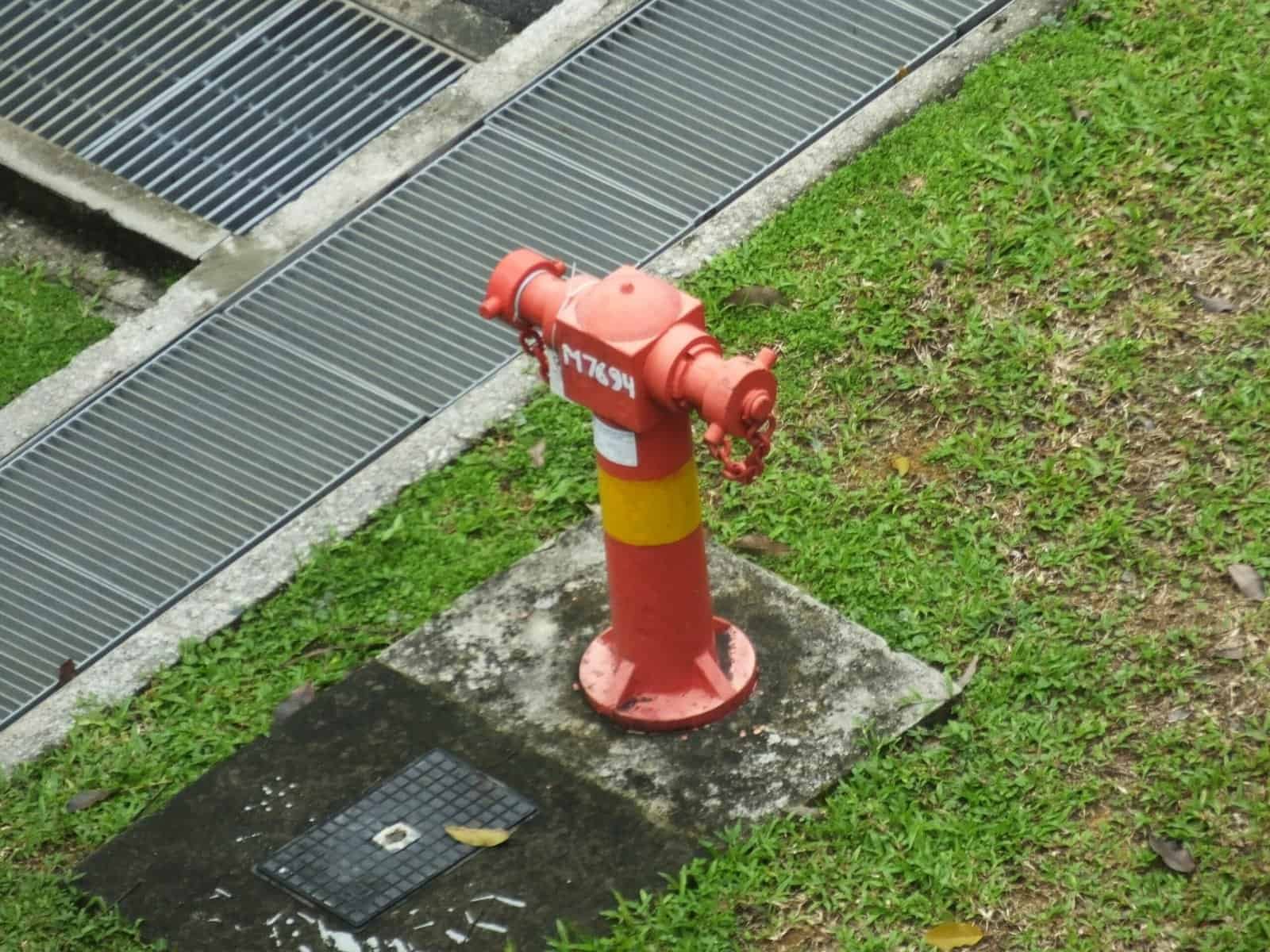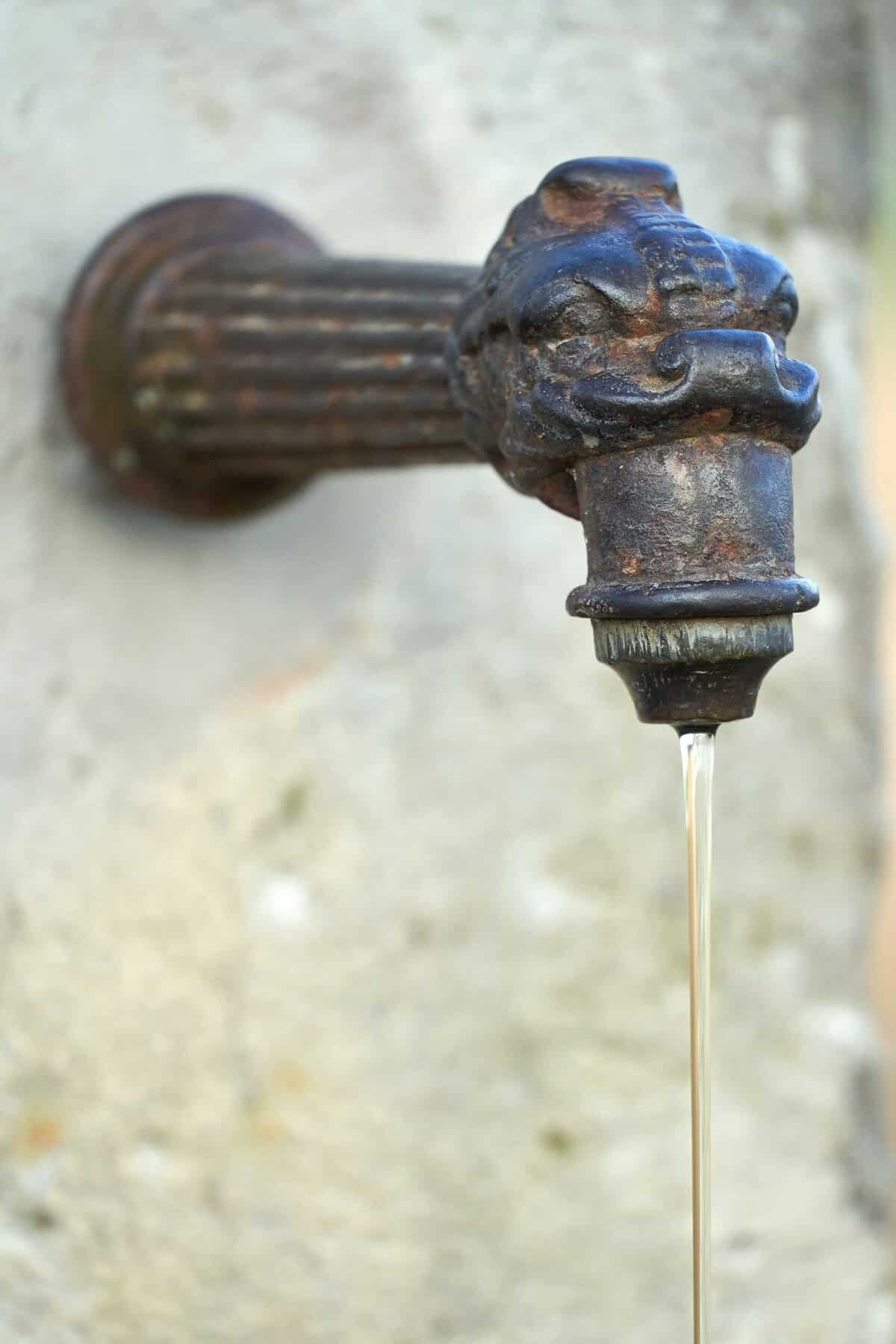Have you ever wondered about the best way to ensure safety when accessing a deep well? Whether you’re a homeowner trying to maintain a private water source or a contractor looking out for the safety of your team, accessing a deep well comes with its own set of challenges and risks that shouldn’t be underestimated. It’s crucial to understand these risks and know how to mitigate them effectively to prevent accidents.

Understanding the Risks of Accessing Deep Wells
Before delving into the practical steps, it’s important to grasp the inherent risks involved in accessing deep wells. Deep wells often go down hundreds of feet, submerging through varied layers of soil and rock. The main risks associated with deep wells include physical hazards, potential exposure to harmful gases, and the structural integrity of the well itself.
Physical Hazards
Firstly, there’s the danger of falling. Deep wells represent significant drop heights, and any unguarded edge or unstable platform can lead to severe injuries. Moreover, carrying out work at the edge of a well increases the risk of slipping and mishaps.
Harmful Gases
There is also the potential for encountering harmful gases such as methane, carbon dioxide, or even hydrogen sulfide, which can accumulate at the bottom of wells and pose serious health threats. These gases are often odorless and invisible, making them particularly dangerous as they can quickly overtake a person without warning.
Structural Integrity
Lastly, the structural integrity of the well must be considered. Over time, the walls of a well can erode or collapse due to natural or man-made factors. A compromised structure can have catastrophic consequences, not just for those accessing the well, but also for the quality of the water supply if the well is used for drinking purposes.
Planning for Safe Access
Safety starts long before you reach the well itself. Proper planning and preparation are key components of any successful operation, allowing you to manage risks effectively while maintaining safety standards.
Conducting a Risk Assessment
One of the most important steps is conducting a thorough risk assessment, which involves evaluating all potential hazards and determining how to eliminate or mitigate them. This should take into account the physical condition of the well, the equipment being used, and the personnel involved.
Acquiring Necessary Permits
In many regions, accessing a deep well necessitates permits from local authorities, particularly when the well is part of a public water supply. These permits help ensure that safety standards are met and that environmental considerations have been taken into account.
Training and Preparedness
It’s vital that all personnel involved in accessing the well are adequately trained. Training should cover the use of any equipment, emergency protocols, and the specific safety hazards associated with deep wells. Drills and refresher courses should also be part of ongoing safety training.
Equipment for Safe Well Access
The right equipment plays a crucial role in ensuring safety when accessing a deep well. From harnesses to detect gas, each piece of equipment is essential in protecting those involved and executing operations smoothly.
Personal Protective Equipment (PPE)
Personal protective equipment such as helmets, gloves, and boots is essential for basic safety. A full-body harness should be worn if there is any possibility of falling. Respiratory protection might be needed if there is a risk of encountering harmful gases.
Safety Harnesses and Ropes
Harnesses and ropes are critical, especially for descending into deep wells. These should be of high quality, regularly inspected, and used according to manufacturer guidelines to ensure they provide reliable support.
Gas Detection Devices
Given the potential presence of harmful gases, equipping your team with gas detection devices is a must. These can identify and measure levels of different gases, allowing you to react promptly if dangerous levels are detected.
Structural Support Tools
When working with older wells, structural support tools like braces or shoring equipment can help shore up any unstable sections, preserving the integrity of the well walls and preventing collapses.
Operational Safety Procedures
Operational procedures are a set of standardized rules and steps designed to keep potential hazards at bay. Being meticulous about following these procedures can be lifesaving.
The Buddy System
Always use the buddy system when accessing a deep well. Having an additional person not only helps during emergencies but also provides an immediate response system in case of any incidents.
Maintaining Communication
Reliable communication systems such as two-way radios or intercoms are critical, especially if there are multiple teams working at different depths or if the well site is remote. Quick communication can be the difference between a minor incident and a major disaster.
Monitoring Weather Conditions
Weather can have a significant impact on well access operations. Rain can increase the risk of slipping, while high winds might make surfaces more dangerous. Therefore, keeping an eye on weather conditions and postponing work if necessary is an essential part of operational safety.

Emergency Response and Rescue Plans
Despite all preparations, emergencies can occur. Hence, having a robust emergency response plan is as crucial as the initial preparation.
Developing an Emergency Response Plan
Creating an effective emergency response plan involves preparing for every conceivable scenario. This plan should include procedures for medical emergencies, falls, equipment failure, and exposure to harmful gases.
Training for Emergencies
Regular drills should be conducted to ensure everyone knows what to do in an emergency. These drills should cover all potential scenarios specific to deep well access.
First Aid Readiness
First aid readiness is essential. Ensure that a well-stocked first aid kit is always on hand at the site and that team members are trained in basic first aid and CPR.
Environmental Considerations
Environmental protection is another critical area when accessing deep wells, particularly if the well provides drinking water.
Preventing Contamination
Contamination can occur during well maintenance or repairs if harmful substances or equipment residue enter the water. It’s essential to use clean, appropriate equipment and materials to prevent this.
Responsible Waste Disposal
Any waste material or runoff produced during well access activities should be disposed of responsibly. This is crucial to prevent soil or waterbody contamination in the surrounding area.
Sustainable Practices
Adopt sustainable practices to minimize your environmental footprint. This includes using environmentally-friendly materials and following local regulations regarding well maintenance and operation.

Legal and Ethical Responsibilities
Understanding Your Legal Obligations
Being knowledgeable about your legal responsibilities is important. This encompasses compliance with safety regulations, adherence to environmental laws, and obtaining appropriate permits.
Ethical Considerations
Beyond legal obligations, there are ethical considerations, such as ensuring that the well does not negatively impact local communities or ecosystems. Respect for both the environment and public health should guide all decisions related to well access.
Conclusion
Safety should always be your top priority when accessing a deep well. By understanding the risks, planning effectively, using the right equipment, and following established safety procedures, you can minimize the dangers involved. Always be prepared for emergencies by having a robust response plan and work towards safeguarding not just the well but also the environment and community it serves. Remember, a well-protected well today ensures not just the safety of those accessing it but also its utility for future generations.

